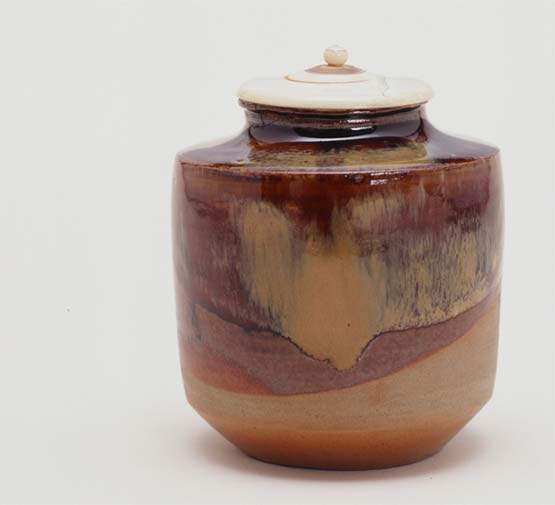
The way of tea was started and developed in the 15th century by Murata Juko and then Takeno Jo-o, which was brought to another level by Sen no Rikyu and one of his highest disciples, Furuta Oribe. Kobori Enshu directly inherited this main stream. He was the master for tea for Tokugawa Shoguns. Enshu was also the first art director in Japan.
His social and personal relations were not only with Samurai Class, but also with Emperors, aristocrats, merchants and craft men. He placed the highest value to “ harmony” in his conducts. People trusted him since he tried to understand them and things from subjective point of view and tried to consider other people’s minds and positions- these virtues are called “ omoiyari” and “ motenashi” in Japanese. Enshu was a great lord and successful governor of his territory- Fushimi in Kyoto. On the other hand, his talent was not limited to administration. He was a wide rage artist. Sometimes Enshu is called Japanese Leonardo da Vinci.
These are castles he was responsible as the head architect and construction manager. This is Nagoya Castle in Nagoya.This is Nijo-jo in the middle of Kyoto.Also Enshu was genius in terms of garden design. He is famous for designing of Katsura Rikyu and Sento Palace. Both are in Kyoto.

This is the garden of Raikyuji, Okayama.
Enshu produced beautiful calligraphy and was noted waka poet.
Waka is the form of Japanese traditional poem composed with 31 letters.
Enshu was a global person. His esthetic sense was not limited to domestic things He dispatched instructions to crafts men in Europe, mainly Holland,China,Korean peninsula and other South East Asia countries to let them produce tea utensils in his idea. AS the result, new things which integrates traditional Japanese design and most contemporary design from overseas.
Another important factor to Enshu was “ Beauty of Practicality”

It is easy for unique design to standout, being eye-catching. However, usually these things are difficult to use. On the other hand, if you emphasize practicality,you often end up with banal design. Enshu was so talented to combine these two opposing factors in his utensils.
I try to do the same thing, when I work on new design. As for the thirteenth generation of Enshu, I should continue to carry my ancestor’s great sprits and deeds.




